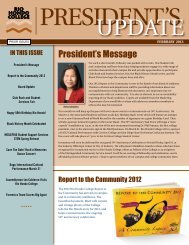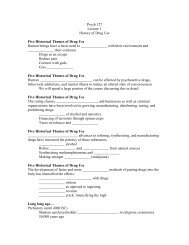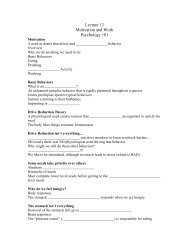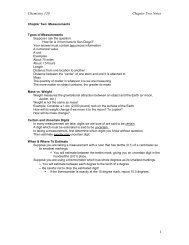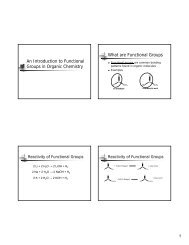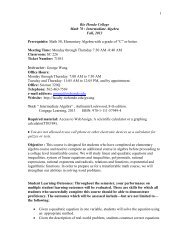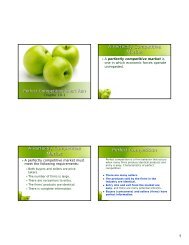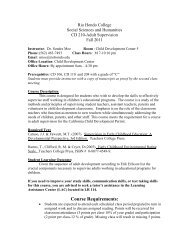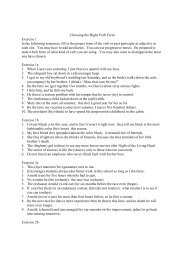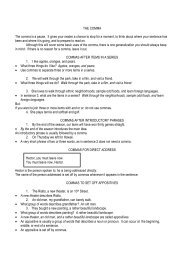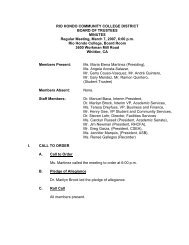Green Building and LEED Core Concepts Guide First Edition
Green Building and LEED Core Concepts Guide First Edition
Green Building and LEED Core Concepts Guide First Edition
Create successful ePaper yourself
Turn your PDF publications into a flip-book with our unique Google optimized e-Paper software.
construction waste management plan a plan that diverts construction debris from<br />
l<strong>and</strong>fills through recycling, salvaging, <strong>and</strong> reuse.<br />
contaminant an unwanted airborne element that may reduce indoor air quality (ASHRAE<br />
St<strong>and</strong>ard 62.1-2007).<br />
cool i ng tower a structure that uses water to absorb heat from air-conditioning systems <strong>and</strong><br />
regulate air temperature in a facility.<br />
day I ighting the controlled admission of natural light into a space, used to reduce or eliminate<br />
electric lighting.<br />
dry ponds excavated areas that detain stormwater <strong>and</strong> slow runoff but arc dry between rain<br />
events. Wet ponds serve a similar function but arc designed to hold water all the time.<br />
ecosystem a basic unit of nature that includes a community of organisms <strong>and</strong> their nonliving<br />
environment linked by biological, chemical <strong>and</strong> physical processes.<br />
energy-efficient products <strong>and</strong> systems building components <strong>and</strong> appliances that use less<br />
energy to perform as well as or better than st<strong>and</strong>ard products.<br />
energy management system a control systemcapableofmonitoringenvironmcntal <strong>and</strong><br />
system loads <strong>and</strong> adjusting HVAC operations accordingly in order to conserve energy while<br />
maintaining comfort. (EPA)<br />
ENERGY STAR* rating a measure of a building's energy performance compared with that of<br />
similar buildings, as determined by the ENERGY STAR Portfolio Manager. A score of So represents<br />
average building perfom1ance.<br />
envi ronmental sustai nability long-term maintenance of ecosystem components <strong>and</strong><br />
functions for future gencrations. (EPA)<br />
flush-out the operation of mechanical systems for a minimum of two weeks using 100 percent<br />
outside airat the end of construction <strong>and</strong> prior to building occupancy to ensure safe indoor air<br />
quality.<br />
fossi I fuel energy derived. from ancient organic remains, such as peat, coal, crude oil, <strong>and</strong><br />
natural gas. (EPA)<br />
graywater domestic wastc\vater composed ofwasb water from kitchen, bathroom, <strong>and</strong> laundry<br />
.<br />
sinks, tubs, <strong>and</strong> washers. (EPA) The Uniform Plumbing Code ( UPC) defines graywater in its<br />
Appendix G, "Gray Water Systems for Single-Family Dwellings", as "untreated household waste<br />
water which has not come into contact with toilet waste. Graywater includes used water from<br />
bathtubs, showers, bathroom wash basins, <strong>and</strong> water from clothes-washer <strong>and</strong> laundry rubs. It<br />
Glossary 71



